
It was one of the most memorable days in Colombia’s recent history. As a glorious Caribbean afternoon melted into twilight on September 26, 2016, five small planes swooped over the historic port of Cartagena trailing plumes of red, blue, yellow and white smoke in their wake — the colours of the national flag and the colour of peace.
In the streets below, people dressed in white waved white handkerchiefs as president Juan Manuel Santos and Rodrigo Londoño, better known by his nom-de-guerre Timochenko, signed an agreement to bring Latin America’s longest and bloodiest civil conflict to an end.
The men used a pen made from a bullet to put their names to the document. “From now on our only weapons will be words”, cried Timochenko, the final commander of the Revolutionary Armed Forces of Colombia, the Farc. “The war is over!”
Five years on, however, many of the hopes of that day have yet to be fulfilled. Colombia’s war with the Farc is indeed over but the fighting continues — against other Marxist guerrillas, dissident former members of the Farc, organised crime groups, drug traffickers and the remnants of rightwing paramilitaries.
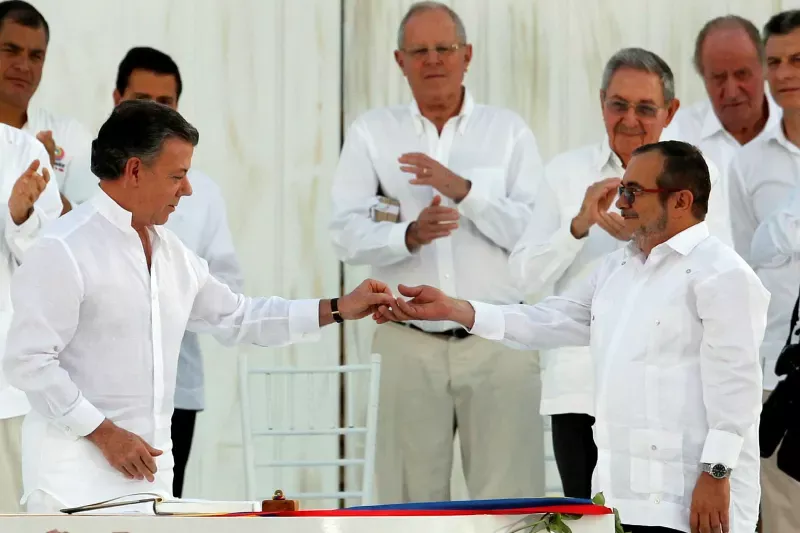
Despite the peace agreement with the Farc, Colombia is still a country plagued by violence.
In recent years, demobilised Farc fighters, community leaders, human rights activists and environmentalists have borne the brunt of continued bloodshed. Since the accords were signed, well over 1,000 have been assassinated — not the level of carnage seen in Colombia’s darkest days in the 1990s and 2000s but still alarming.
“These killings remain the most serious threat to peace in Colombia since the signing of the peace agreement”, says Carlos Ruiz Massieu, head of the UN’s verification mission in Colombia.
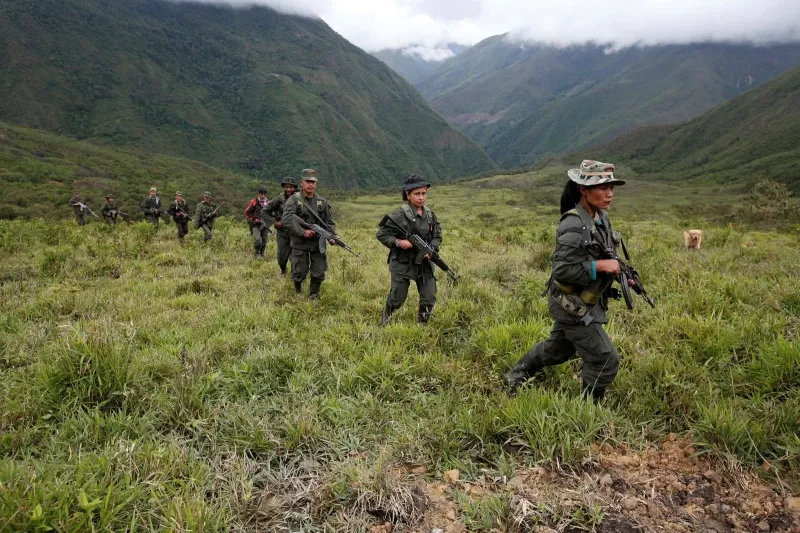
Accord ‘born in sin’
It is no surprise that a lasting peace is proving elusive. Colombia’s conflict was, after all, long and brutal. What began as a Cuban-inspired Marxist insurgency in the 1960s evolved into something far darker and more complex, pitting guerrillas, drug cartels, rightwing paramilitaries and the armed forces against one another in often sadistic violence.
In the 60 years until 2018, 262,000 people died, 84 per cent of them civilians, according to Colombia’s National Centre of Historical Memory. A further 6.9m were forced from their homes. More than 37,000 people were kidnapped and nearly 18,000 children recruited into armed groups. Thousands of people disappeared while others were raped and tortured. The Farc was by no means the only guilty party but it was one of the worst offenders.
Like the conflict itself, the agreement with the Farc is extraordinarily complex. Its 275 pages cover everything from disarmament to demobilisation, the reintegration of former combatants, transitional justice, truth and reconciliation, reparations for victims, land rights, drug policy and agrarian reform.
“It is more comprehensive than any other agreement signed since 1989”, says the Kroc Institute for International Peace Studies in the US, which has monitored 34 such accords from Cambodia to El Salvador, Northern Ireland and Mozambique.
There is frustration over the extent to which the current government has implemented the deal. The Kroc Institute says 29 per cent of the accords have been fully implemented. That is not bad, given the process was always expected to last 15 years.
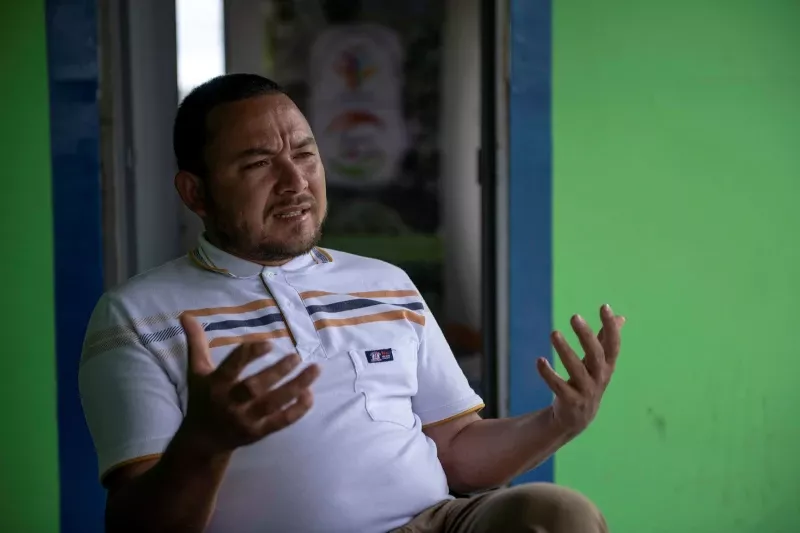
However, the pace of implementation is slowing. It has advanced just two percentage points in the past year and at that rate, it will be another 35 years before it is complete. The Institute says “it’s natural that implementation has slowed” as the state grapples with evermore complex aspects of the agreement.
Emilio Archila, President Iván Duque’s adviser for stabilisation and consolidation and the man tasked with making the 2016 agreement work, says Colombia is on target or ahead of schedule in implementing many parts of the accords. “If you look at similar processes elsewhere in the world, it compares well”, he says.
But public dissatisfaction is growing. One recent poll showed 71 per cent of Colombians feel implementation is going badly. The figure has been creeping up ever since the deal was signed.
“If you have a government, and a ruling party, that tries to undermine the peace process every day, it’s no surprise that public perception isn’t good”, Santos says.
To complicate matters further, the deal had a traumatic infancy.
Just a week after that ceremony in Cartagena, Santos put it to a referendum, confident Colombians would approve it. But, by the narrowest of margins, they voted No, arguing the deal was too soft on the guerrillas.
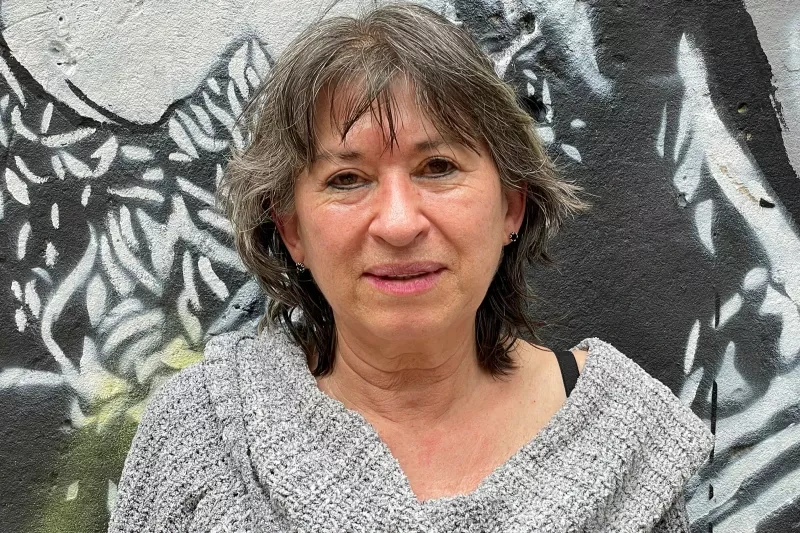
Santos went back to the negotiating table and tweaked the agreement before pushing it through congress. There was no second referendum, and those who voted No — led by the country’s combative former president and scourge of the Farc, Álvaro Uribe — have always felt their opinion was ignored.
“For a certain section of Colombian society, this is, and always will be, a bastard agreement that lacks legitimacy, that was conceived and born in sin”, says Jorge Restrepo, director of the Conflict Analysis Resource Centre (Cerac) in Bogotá.
After this shaky start, the first stage of implementation — disarmament and demobilisation — went well. Thousands of Farc fighters left their hide-outs in the mountains and jungles and handed in their weapons.
For a generation of Colombians who had lived in fear of the shadowy guerrillas with their AK-47s and khaki fatigues it was an extraordinary sight. And this remains the deal’s crowning achievement: the largest and most-feared insurgency in the Western Hemisphere has disarmed and has not returned to war.
In all, the Farc turned in 17 shipping containers of weapons, which were melted down to build two monuments to peace, one in Bogotá and one at UN headquarters in New York.
Of the 14,000 guerrillas who joined the process, the majority have now moved out of camps and started to build new lives. The state has helped with money and support programmes, and thousands have received education and training.
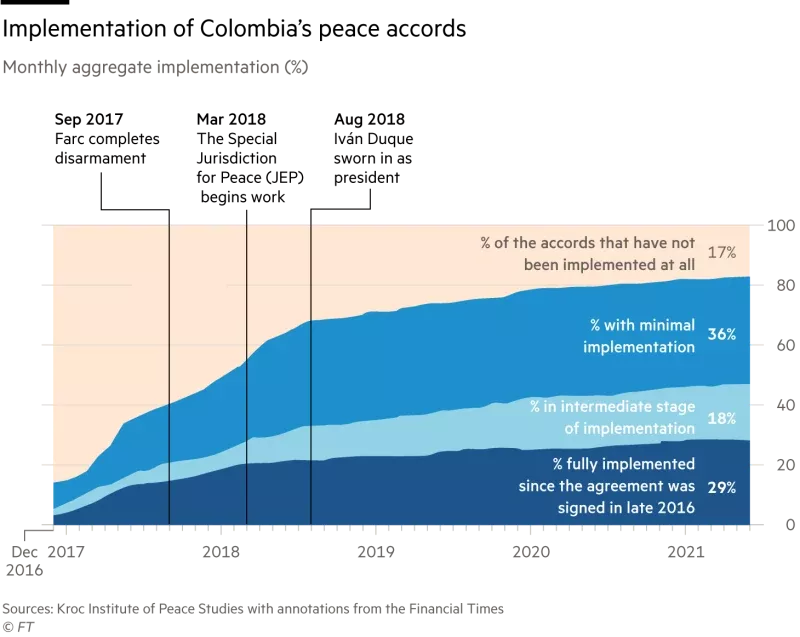
Lack of preparation
Even so, it has not been an easy process.
“We weren’t prepared”, says Doris Suárez, who spent 15 years in the Farc until she was captured by security forces in the early 2000s. She was sentenced to 40 years for terrorism offences and served 14 years in prison before her release in 2017 as part of the peace deal.
Suárez learnt how to make beer and with nine of her fellow ex-combatants she has gone into business, setting up a microbrewery in Bogotá.
“It’s been a steep learning curve”, she says. “For a lot of us this has all been very new. We’ve done OK but a lot of my former comrades haven’t been so lucky”.
Some have ended up dead.
Since 2016, nearly 300 ex-Farc fighters who committed to the process have been assassinated — more than one a week. The reasons for their murders are often unclear but some have clearly been victims of revenge killings.
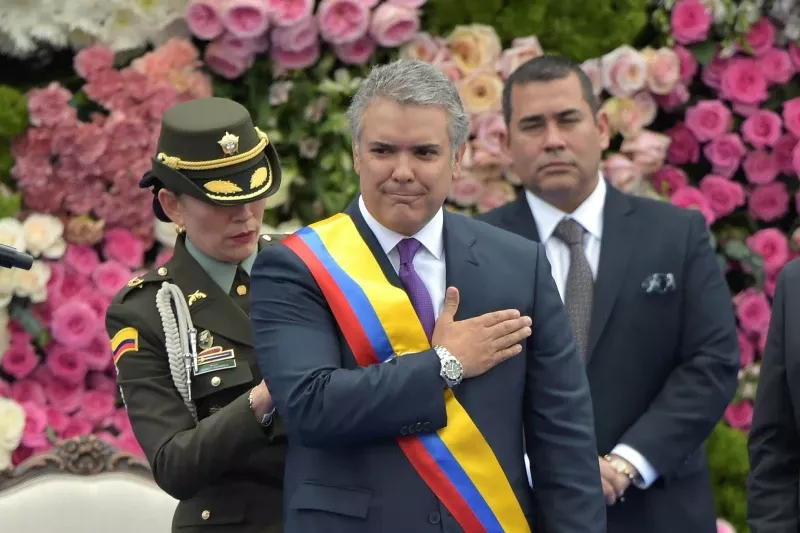
Jhan Carlos Moreno, who spent 21 years in the insurgency, likens reintegration to “being dropped on the beaches of Normandy without weapons or leadership”. He now runs an agricultural co-operative in the troubled southern province of Cauca, growing avocados alongside other ex-combatants. He says three of his friends and former comrades have been murdered since they disarmed. “You can only hope that the rest of us will get off the beach alive”, he says.
If the demobilised guerrillas feel vulnerable, so too do their victims.
Derly Pastrana first encountered the Farc two decades ago in the southern province of Caquetá, where they murdered her husband and forcibly recruited her son. She went to a Farc camp to get him back but was seized by guerrillas and raped before she and her son escaped.
For years, she denounced the Farc for its sexual abuse of recruits. Despite witness protection, her enemies tracked her down this year and killed her. Police suspect former Farc guerrillas were behind her murder.
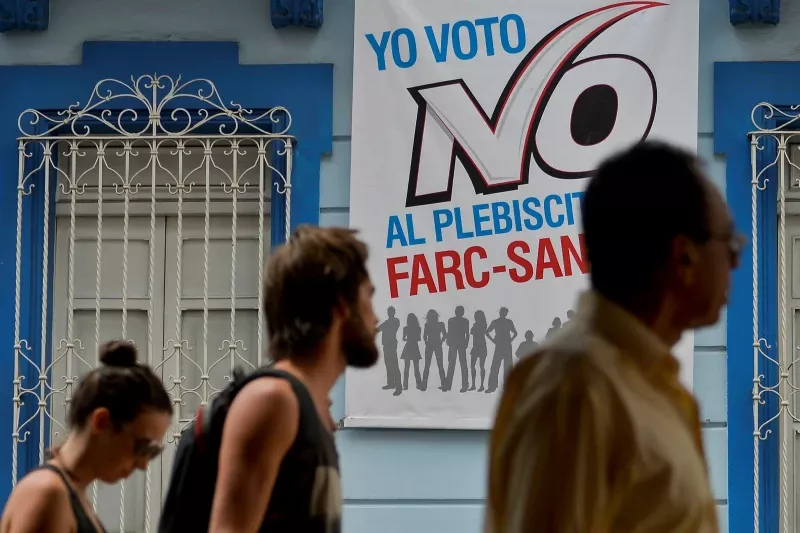
“Derly was killed because she wouldn’t stay quiet”, says Ximena Ochoa, a co-founder of Fevcol, an organisation that represents tens of thousands of victims of the Farc. “The protection given to victims by the state is abysmal”.
Ochoa says the guerrillas have broken their promises, including their commitments to tell the truth about their links to the cocaine trade and to compensate their victims.
In 2017, the Farc drew up an inventory of their possessions — an eclectic list including cash, gold, vehicles, property, 24,000 head of cattle, kitchen utensils and even Wellington boots. The items were to be sold off in aid of the victims.
But according to Cerac, which monitors implementation, only about 8 per cent of the loot has been monetised and handed over. “A lot of the Farc’s victims are now entering old age and they haven’t seen anything they were promised”, Ochoa says.
The main objection to the peace agreement from the Colombian right is that it allows senior leaders of the insurgency to get off lightly. Under the deal, the Farc, which became a political party after disarmament, was gifted 10 seats in congress for eight years from 2018. For conservatives in parliament, this is too much to stomach.
Furthermore, the former guerrillas are not being tried in criminal courts but under the Special Jurisdiction for Peace (JEP), a transitional justice system created by the accords. If they co-operate fully, they are likely to face restrictions on their freedom — possibly house arrest — for five to eight years, but no jail. Only those who do not co-operate or lie in court will be sent to prison. Duque and Uribe say the likes of Timochenko should face stiffer penalties in keeping with their crimes.
In January, the JEP made arguably its biggest announcement yet, charging eight former senior members of the Farc, including Timochenko, with crimes against humanity and war crimes in relation to more than 21,000 abductions. The eight defendants accepted their responsibility and are awaiting a verdict.
The fact they might escape jail, though, will disappoint many Colombians.
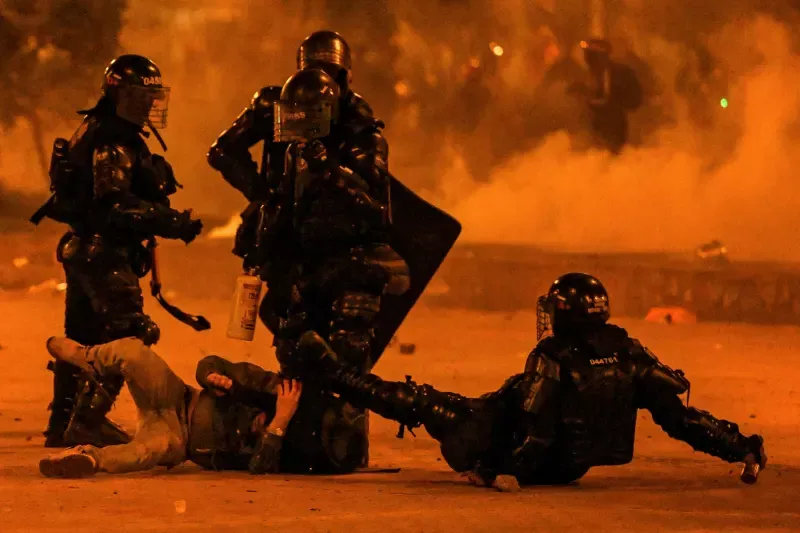
“There’s a big disconnect between what many people want — punitive justice — and what the JEP can offer — transitional justice”, says Cerac’s Restrepo.
Aside from restorative justice, one of the big themes of the peace accords was land: who owns it, how do they prove it and how should it be used? With so many people having been displaced by fighting, and with so much coca cultivation, land reform was a key part of the agreement.
Farmers were encouraged to uproot coca bushes and replace them with legal crops. The government offered them money and technical support to make the switch but it has proved one of the more problematic elements of the peace deal.
The Santos government vowed to get rid of 50,000 hectares of coca — then over a quarter of the country’s production — through voluntary eradication within a year, but fell far short of the target. Even now, four years later, only 44,000 hectares have been ripped up manually with the consent of farmers.
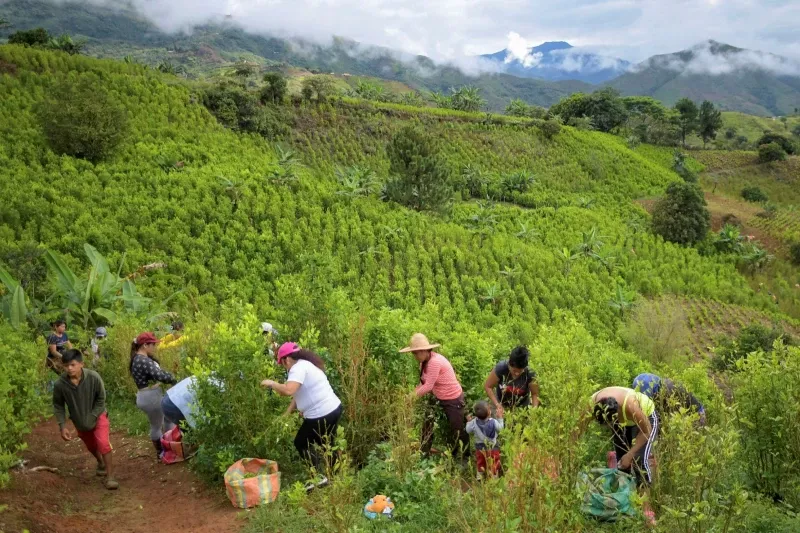
Nearly 100,000 families signed up to the scheme but although they have destroyed their coca, they have struggled to replace it with alternative crops with a proven, viable market. According to the UN, “only 7 per cent of participating families have so far received support for productive projects”.
“We inherited 100,000 families [from the Santos government] but no contracts, no plan, no information and certainly no money”, says Archila.
Other areas of implementation are going more smoothly. The government says it has ploughed billions of dollars into 16 subregions of the country that were particularly blighted by the conflict. It has encouraged private investment in the areas, that cover a third of Colombia’s territory and are home to 6.6m people.

Missed opportunities
The ongoing violence in the years since the deal was signed has become the subject of a political blame-game.
Duque’s rightwing government says the previous Santos administration is partly responsible. It says Santos was so busy negotiating with the Farc — for which he won a Nobel Peace Prize — that he took his eye off the ball and let drug-trafficking and its related violence spiral out of control. Even before Duque took office in 2018, he accused Santos of leaving Colombia “swimming in coca”.
Santos and his allies respond by saying the Duque government has squandered a chance to build on the Farc deal and create a broader, lasting peace. They accuse him of failing to fill the vacuum left by the Farc’s demobilisation, allowing other armed groups to move in.
“The violence we’re seeing is a direct consequence of the Farc’s withdrawal and the government not moving fast enough to implement a new security strategy”, says Sergio Jaramillo, Santos’s former high commissioner for peace and now a senior adviser at the European Institute for Peace in Brussels. “The Duque government has been blinded by ideology and has completely misread the post-conflict situation, with terrible consequences”.
Santos says Duque, who voted against the peace deal in the referendum of 2016, has implemented it only halfheartedly, “through gritted teeth”. “Thankfully, the peace accords have proved strong enough to survive”, he tells the Financial Times. “They haven’t been derailed, despite a hostile government”.
The future of the peace agreement — and indeed the future of peace in the country generally — will depend to a large degree on what happens in next year’s presidential election.
Duque, whose government has faced widespread demonstrations over a struggling economy hit hard by the pandemic, cannot stand for a second term and the current frontrunner is Gustavo Petro, himself a former leftwing guerrilla, although not from the Farc. He has pledged to implement the accords in full, as have other leftist and centrist candidates.
“Implementation will depend very much on the political decisions we take in 2022”, says Humberto de la Calle, one of the chief negotiators of the agreement. “A new government that sends out a message of reconciliation and tries to bring Colombians together is crucial”.
In a few weeks, Uribe, still the standard-bearer of Colombian conservatism, is due to name a candidate for his Democratic Centre party. They are likely to adopt a hawkish line against the Farc, the JEP and the peace deal.
“The accords were strong enough to withstand this rightwing government but I’m not sure they could survive another”, says Jaramillo. “The peace agreement is like a plant. You have to keep watering it. If you don’t, it dies”.
Gideon Long
